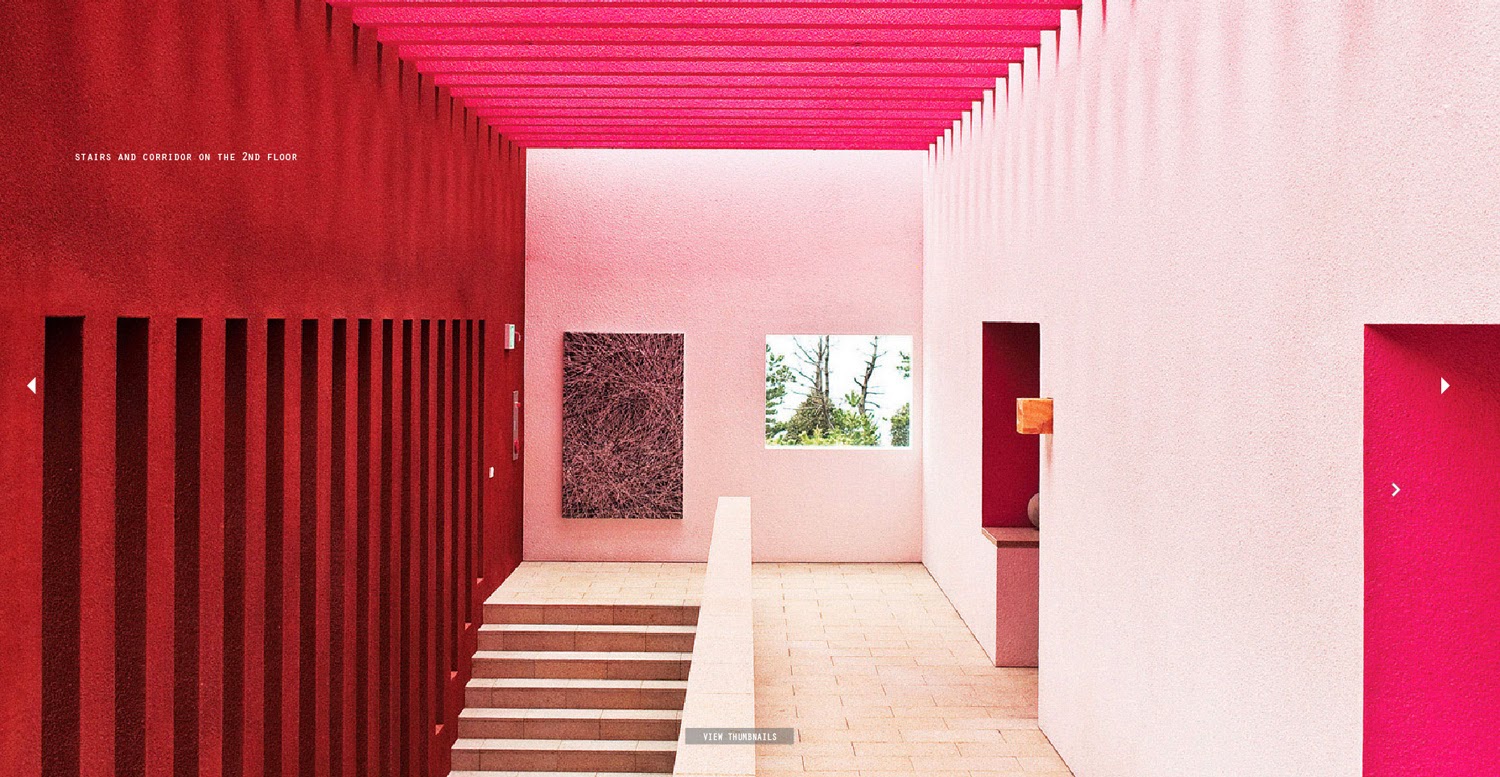Many delicious things for you: our language is unique!!!
Chayote, epazote, atole, learn more about it in the following VIDEO.
MEXICAN CUISINE
Chayote, epazote, atole, learn more about it in the following VIDEO.
MEXICAN CUISINE

 Luis Barragán was born in 1902 in Guadalajara, Jalisco. He was one of the most important architects of the 20th century and the only Mexican to earn the Pritzker Award, in 1980. His great influence on Mexican modernity is still evident and architects around the world continue studying his work. He combined a religious mysticism with his desires to rescue national roots, exalting beauty by integrating it with nature. With this philosophy in mind, he created massive constructions of thick walls and small openings, always using local textures and bright colors, using bodies of water with a special emphasis on gardens.
Luis Barragán was born in 1902 in Guadalajara, Jalisco. He was one of the most important architects of the 20th century and the only Mexican to earn the Pritzker Award, in 1980. His great influence on Mexican modernity is still evident and architects around the world continue studying his work. He combined a religious mysticism with his desires to rescue national roots, exalting beauty by integrating it with nature. With this philosophy in mind, he created massive constructions of thick walls and small openings, always using local textures and bright colors, using bodies of water with a special emphasis on gardens.
 Ricardo Legorreta was born in Mexico City in 1931 and graduated from the School of Architecture of the National University of Mexico in 1952. His impressive use of color, light and texture are the pillars of his famous concept of space, integrating Mexican esthetics to the fundamentals of the designs he always expresses on a monumental scale. Outstanding among his best known works are the Camino Real hotels in Mexico City, Cancun and Ixtapa; the Renault factory in Torreón; Televisa’s headquarters and Papalote Children’s Museum in Mexico City; the Contemporary Art Museum MARCO in Monterrey and the remodeling of Chapultepec Zoo. He has also made an enormous contribution to world architecture, designing the Discovery Museum of California, the Main Library of San Antonio in Texas, the Visual Arts Center in New Mexico, the Metropolitan Cathedral of Managua in Nicaragua and the Sheraton Hotel in Bilbao, Spain. He is currently working for projects in Costa Rica, Hawaii and Chicago. He was granted the Visual Arts Award and is permanent advisor to the Ministry of Art and Culture in Mexico.
Ricardo Legorreta was born in Mexico City in 1931 and graduated from the School of Architecture of the National University of Mexico in 1952. His impressive use of color, light and texture are the pillars of his famous concept of space, integrating Mexican esthetics to the fundamentals of the designs he always expresses on a monumental scale. Outstanding among his best known works are the Camino Real hotels in Mexico City, Cancun and Ixtapa; the Renault factory in Torreón; Televisa’s headquarters and Papalote Children’s Museum in Mexico City; the Contemporary Art Museum MARCO in Monterrey and the remodeling of Chapultepec Zoo. He has also made an enormous contribution to world architecture, designing the Discovery Museum of California, the Main Library of San Antonio in Texas, the Visual Arts Center in New Mexico, the Metropolitan Cathedral of Managua in Nicaragua and the Sheraton Hotel in Bilbao, Spain. He is currently working for projects in Costa Rica, Hawaii and Chicago. He was granted the Visual Arts Award and is permanent advisor to the Ministry of Art and Culture in Mexico.